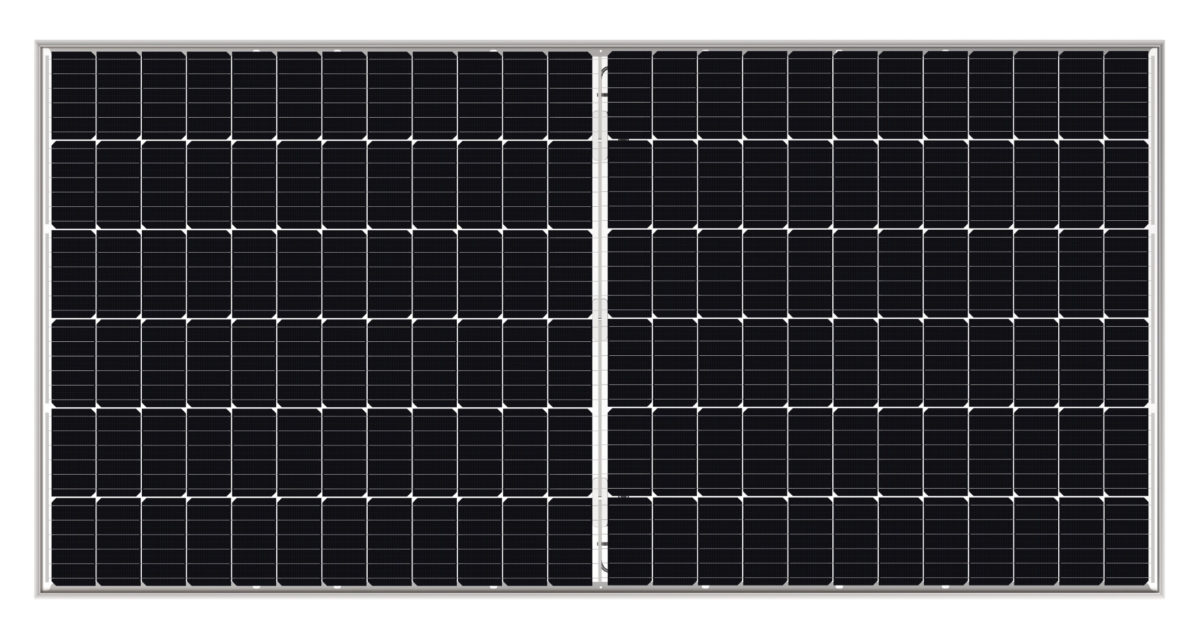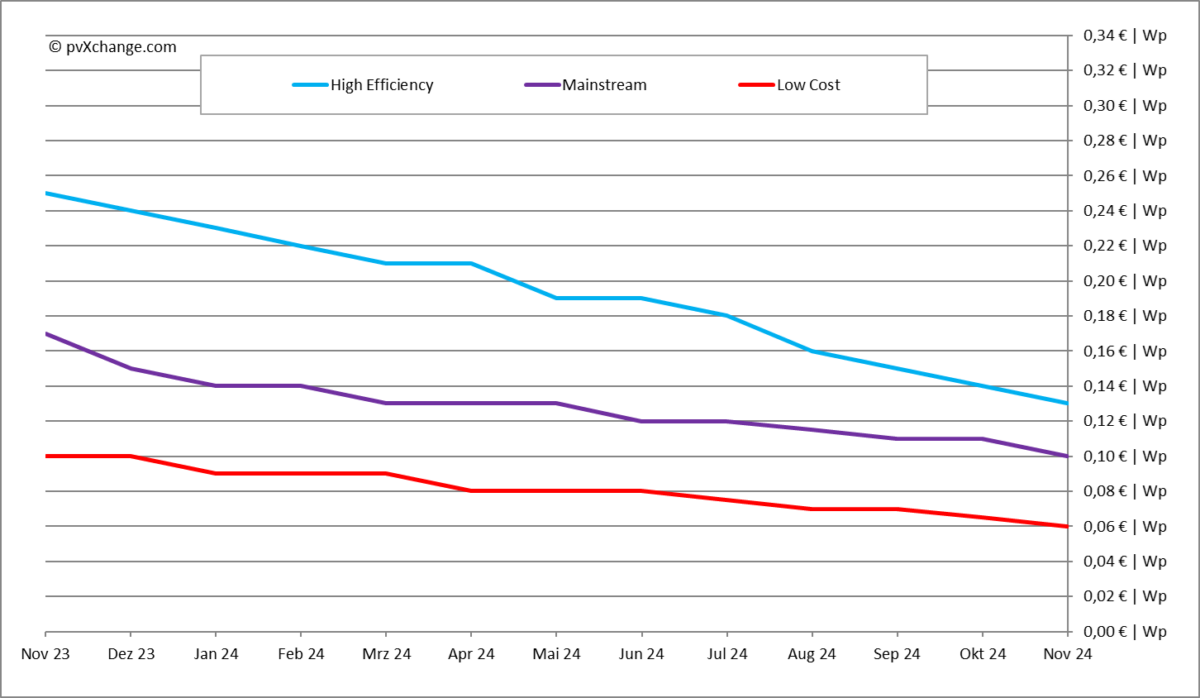Longi said this week that it has achieved a power conversion efficiency of 33.9% for a perovskite-silicon tandem solar cell.
The company said that NREL has confirmed the results, which represent a world record for this cell typology. The previous record was held by Saudi Arabia's King Abdullah University of Science and Technology (KAUST), which achieved a 33.7% efficiency for a device with the same configuration in June.
“The theoretical efficiency of perovskite-silicon tandem cells is 43%, which makes them the most feasible alternative to current mono-junction silicon cells,” said Longi President Li Zhenguo, without providing technical details.
In June, Longi reported an efficiency of 33.5% for the same cell. The European Solar Test Installation (ESTI) certified the results, which represented a significant increase on its previous 31.8% efficiency rating, which was announced during the SNEC conference in late May in Shanghai, China.
Longi has broken the world record for solar cell efficiency 15 times since April 2021. It claimed the world’s highest efficiency for silicon cells in November 2022, with a 26.81% efficiency rating for an unspecified heterojunction solar cell.
This content is protected by copyright and may not be reused. If you want to cooperate with us and would like to reuse some of our content, please contact: editors@pv-magazine.com.



Wonderful development, how long to commercial stage? Where can the materials used by perovskite be sourced, and are they scarce materials or not?
Wow 33.9% is fantastic. The market needs to get more efficient and the prices need to come down,so as to enable what Henri Ford once said that every house should have a car, similarly I feel that every house should be able to afford Solar.
Your article shows a picture of a solar module, and yet states that the new record is for a solar cell, which is probably significantly smaller even than the cells which make up the module in the photo.
Perhaps this would be less misleading as to the state of development if a more representative photo were used for this article?